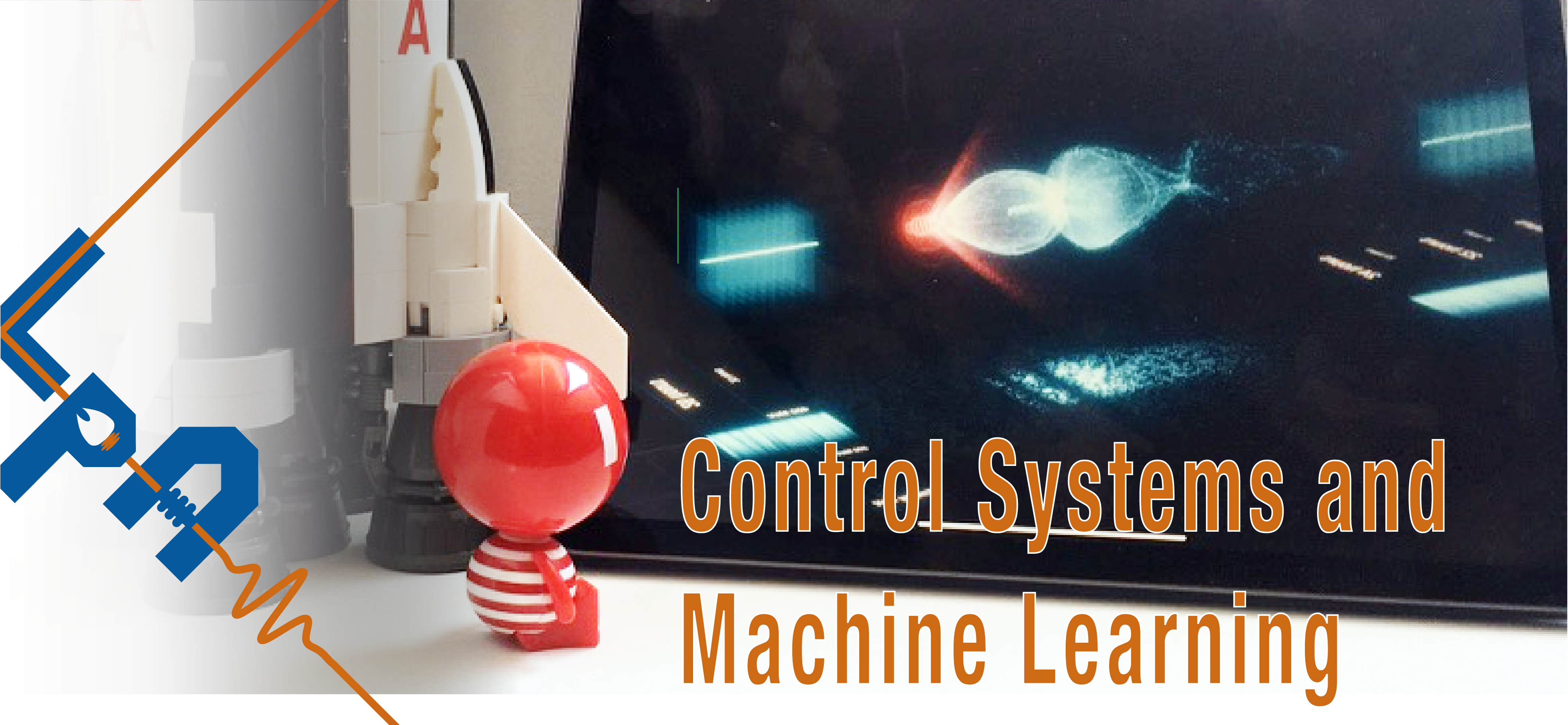Sprecher
Beschreibung
We present a novel method to efficiently implement Machine Learning methods within Particle-in-Cell (PIC) simulation codes. Such codes are vital to fully understand the kinetic processes involved in Laser Wakefield acceleration and constitute a key tool to comprehend experimental setups and their diagnostics data. However, their computational cost prevents large parameter scans in 3D simulations. We showcase our preliminary implementation within the OSIRIS PIC code, with a Compton scattering AI-based module that employs models directly trained from analytical data. We compare and show how the code can leverage the advantage of Machine Learning methods. These results offer a very promising avenue for future applications of Machine Learning methods with PIC codes.

